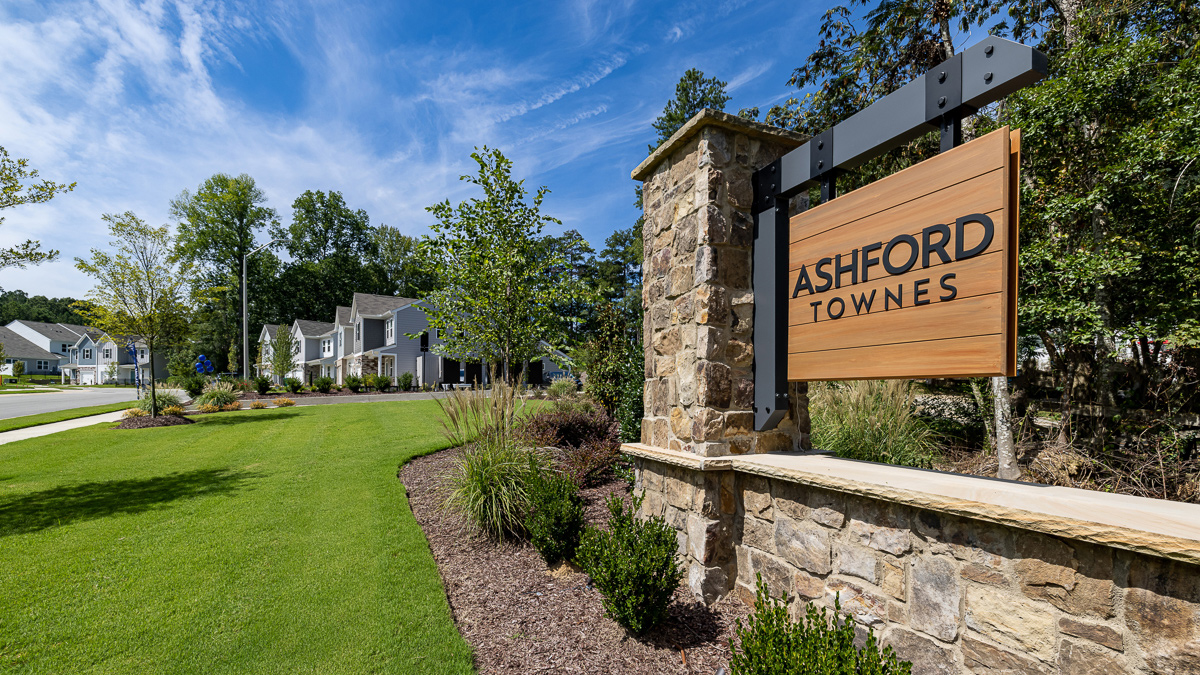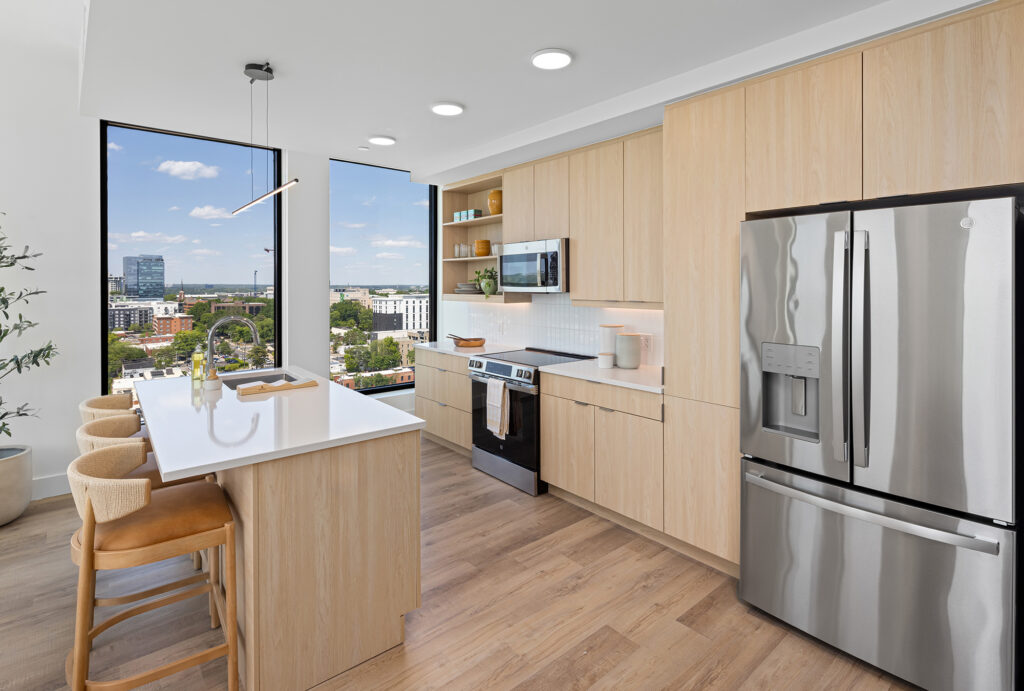Build for Rent (BFR) & Capitalizing on Expanding Pockets of Demand

We have been in the midst of the “Golden Age of Multifamily Investing,” a phrase coined by real estate expert Dr. Peter Linneman because of the compelling operating fundamentals of multifamily investments, including their recession-resistance, ability to act as an inflation hedge and likelihood of long-term growth. However, the multifamily landscape is continually evolving, which presents new opportunities for investment.
How have multifamily fundamentals shifted over time?
A shortage of multifamily housing and several other economic indicators point to a strong rental housing market for years ahead, but the conversation is shifting.
The housing deficit lingers:
- Higher housing prices and mortgage rates have pushed even more people toward the rental market, which has markedly increased demand in recent years.
- A cumulative 15+ year production shortfall tied back to the halt of construction during the 2008 Global Financial Crisis, as well as restricted zoning and rising construction costs, has continued the supply/demand imbalance.
- The U.S. will require fifteen million new housing units over the next ten years to meet demand created by household formations, second homes desired and existing stock obsolescence.1
Thus, rental housing demand remains high, especially amid continuing “flight to quality” trends, but luxury apartment buildings are not the totality of this conversation. 2
How do single-family rentals differ from multifamily rentals?
Single-family rentals (SFRs) answer the need of a different demographic than multifamily rentals, offering the same flexibility but with more space, a private yard, and no neighbors above or below each home.
Notably, the cumulative shortage of multifamily starts has also begun to narrow what was once an insurmountable gap. Recent data from experts, such as Dr. Linneman himself, now shows that new deliveries and projects soon to deliver have reduced the multifamily shortage to only 370,000-units.3 This number is still dramatic but not as drastic as it was only a few years ago.
The lesser-discussed datapoint is that the single-family home shortage is still expanding. (See “Average Rental Costs vs. Average Monthly Mortgage Payments in the United States” in this expanded, downloadable article.)
How does build for rent capitalize on single-family rental demand?
Build-for-rent (BFR) communities are a powerful answer to single-family rental demand. BFR offers the institutional management and community enhancing services of a multifamily community but in a stand-alone home environment.
What was once approximately a 1-million-unit gap in 2013 is now a 3.5-million-unit gap in single-family rentals, and this number is growing – not shrinking – year over year.4
Both multifamily and single-family vacancy rates have remained low, and current economic conditions are making homeownership increasingly difficult. While Millennials in their thirties and early forties have entered the prime home-ownership window, 65% of renters are presently over the age of 35. Considering roughly 16% of renters are Boomers in their mid-sixties and older, the data demonstrates that a large portion of the prime home-owning population continues to rent.5
A number of factors contribute to the elevated rental demand in this age group, including inflation-related cost increases and interest rates at roughly 7%.6
Growing families often stretch beyond the limitations of traditional apartment communities, and build-for-rent homes allow the space and freedom of a house at the more economic price-point of a rental.
What does the latest data suggest about SFR & BFR demand?
Capital market challenges and rising development costs are prohibitive to many new construction starts. This dynamic is expected to put continued pressure on new supply in the short- and medium-term, but Capital Square is well positioned in this environment, with newly developed BFR projects scheduled to deliver over the next three years. The team has a deep pipeline and expects to continue capitalizing on current market conditions benefiting the sector and its operating fundamentals.
Owning an entry-level home is approximately $1,500 more expensive per month to own versus to rent in the U.S.7 This cost disparity is expected to fuel renter demand and contribute to sustained high occupancy rates in the rental market.
Furthermore, with 62% of homeowners locked into mortgages below 4% – and 23.5% below 3.0% – those who might otherwise be inclined to sell are not letting go of their low mortgage rates.8 For comparison, a 30-year fixed-rate mortgage averaged 7.19% in late September 2023. 9 Thus, even if a potential homebuyer wanted to own rather than rent, the lack of for-sale inventory is increasingly a challenge.
How does local submarket research apply to the BFR equation?
A great variance exists between cities across the U.S. with regard to population shifts, existing housing inventory and fluctuating resident / investor needs. Cities such as Raleigh, North Carolina; Phoenix, Arizona; and Dallas / Ft. Worth, Texas are seeing major in-migration and rental demand.10 Several population centers in Sun Belt markets have seen record-breaking rent growth as they answer this pressure, yet even these increased rental costs are often lower than those associated with homeownership.11
Capital Square’s build-for-rent and multifamily developments (and their related development funds and opportunity zone funds) are guided by data-driven market selection and seek to deliver into undersupplied markets.
BFR provides a solution to sustained single-family housing demand, and Capital Square is building and acquiring properties where such demand is the strongest.
1 John Burns Consulting, 2023.
2 “America’s Rental Housing: 2022,” Joint Center for Housing Studies of Harvard University, 2022.
3 Linneman Associates, 2023.
4 ibid.
5 “U.S. Apartment Demand through 2035,” National Multifamily Housing Council / National Apartment Association, May 2022.
6 “U.S. real estate outlook,” J.P. Morgan Asset Management (jpmorgan.com), accessed September 13, 2023.
7 Moody’s Analytics and U.S. Census Bureau, data as of December 31, 2022.
8 Ron Insana, “The two ways the Fed is hammering the U.S. housing market,” CNBC.com, September 7, 2023.
9 Anna Bahney, “Mortgage rates linger above 7% for another week,” CNN.com, September 21, 2023.
10 “Real-Time Migration Data—30 Migration Winners and Losers,” John Burns Research and Consulting, August 25, 2023.
11 “U.S. real estate outlook,” J.P. Morgan Asset Management (jpmorgan.com), accessed September 13, 2023.
Disclosure: Securities offered through WealthForge Securities, LLC, Member FINRA/SIPC. Capital Square and WealthForge Securities, LLC are separate entities. There are material risks associated with investing in DST properties and real estate securities including illiquidity, tenant vacancies, general market conditions and competition, lack of operating history, interest rate risks, the risk of new supply coming to market and softening rental rates, general risks of owning/operating commercial and multifamily properties, short term leases associated with multi-family properties, financing risks, potential adverse tax consequences, general economic risks, development risks, long hold periods, and potential loss of the entire investment principal. Past performance is not a guarantee of future results. Potential cash flow, returns and appreciation are not guaranteed. IRC Section 1031 is a complex tax concept; consult your legal or tax professional regarding the specifics of your particular situation. This is not a solicitation or an offer to see any securities. Please read the Private Placement Memorandum (PPM) in its entirety, paying careful attention to the risk section prior to investing. Diversification does not guarantee profits or protect against losses. Private placements are speculative.

